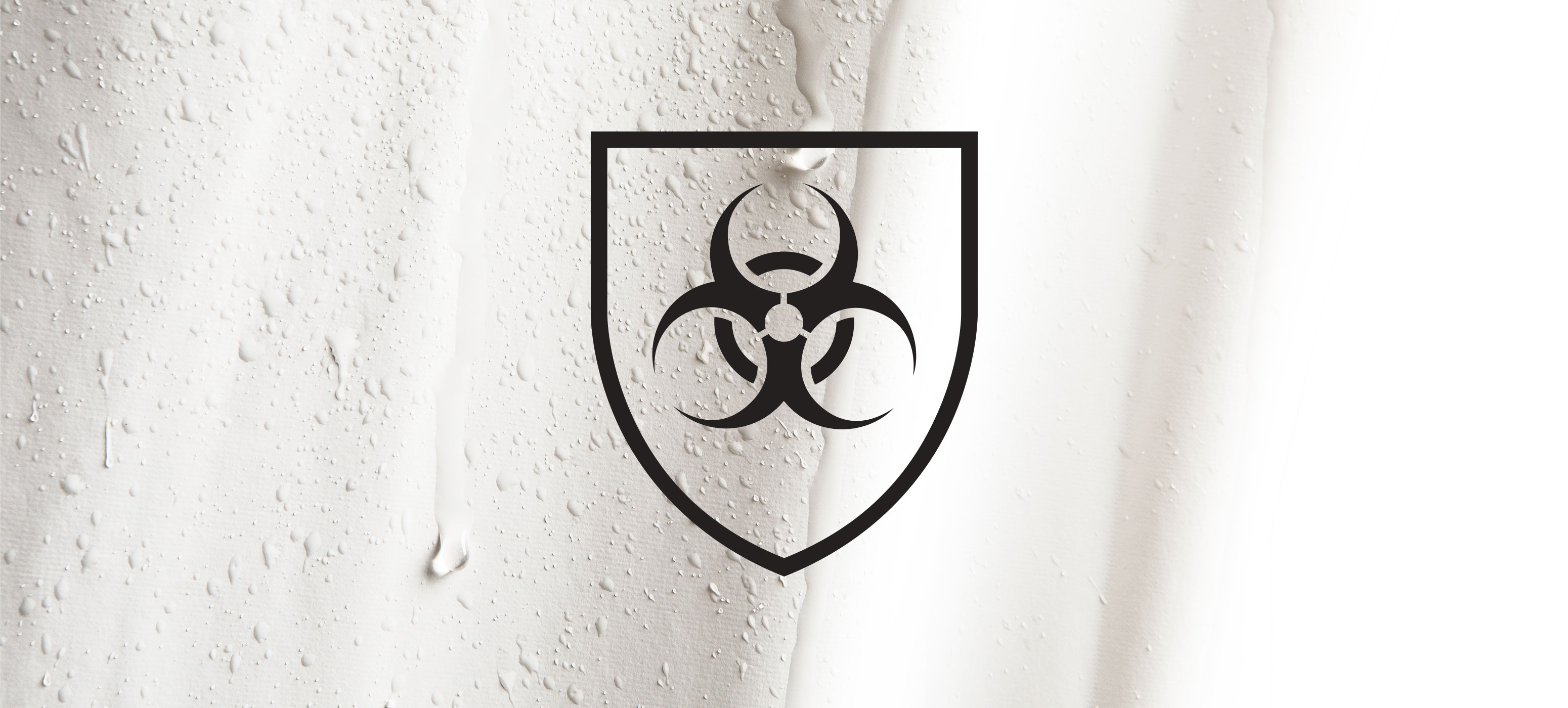If you are working in health care or in the food industry, you are 100% aware that nothing is more important than hygiene in those sectors. In order to safely do your job, you need protection against infectious agents, such as bacteria and viruses.
Best-in-class protective products with protection against bacteria and infective agents
Why should health care and food industry workers wear PPE?
Wearing the proper personal protective equipment (PPE) will keep health care workers and their patients, as well as food industry workers and their customers safe. PPE acts as a barrier between your body and infectious agents, such as viral and bacterial contaminants.
Food industry
Apart from protecting food industry workers, manufacturers should also protect the food. Wearing appropriate overalls, jackets, aprons, sleeves, gloves, etc. will prevent contamination from e.g. bacteria and dust particles.
Health care
Health care is probably one of the best-known settings when it comes to the use of PPE. From protective clothing over gloves to facemasks and face shields. It can help minimise the spread of infection when used properly.
Flexothane® Kleen, your defence against infective agents
During the COVID-19 pandemic, the Flexothane® Kleen range has proven its usefulness. Thanks to being waterproof, it could be used in the fight against viruses that are spread through body moisture, saliva or nasal mucus. As these garments are machine washable on 95°C, they offer a more ecological alternative to disposable garments.
Our Flexothane® Kleen range is especially designed for the food industry and for environments that require optimum hygiene. The range offers protection against liquid penetration, such as blood, body fluids and bloodborne pathogens. In addition, Flexothane® is strong, supple and light. It is a 150% stretchable fabric that doesn’t restrict your movements.
Flexothane® Kleen complies with the EN 14126 standard and has specifically been tested on its resistance to penetration under pressure by bloodborne pathogenes (ISO/FDIS 16604).
EN 14126 and EN 14605
The European Standard EN 14126 describes ‘the performance requirements and test methods for protective clothing against infective agents.’ The standard focuses on re-usable and limited use protective clothing. To test whether certain PPE can protect you from infectious hazards, multiple tests can be performed. Those tests ‘differ according to the nature of biological hazard (bacteria or viruses) and the source of contamination (particles, humidity or aerosol)’ (Centexbel).
The EN 14126 only covers performance requirements and always goes together with a chemical standard. In case of Flexothane® Kleen, this is EN 14605.
Our range of Flexothane® Kleen garments all comply to the international standard EN 14605 for protective clothing against liquid chemicals. More specifically they are labelled as Type PB [4], meaning that these offer partial body protection with spray-tight connections between different parts of the clothing. Partial body protection garments offer protection to specific parts of the body against permeation of chemical liquids, such as our Nantou apron, our Cork sleeves or our Killybeg bib and brace.
Your protection is in the details
Attention to detail is always important, especially when you require garments that protect you against infective agents. Our designers make sure that our clothing is designed in such a way that no penetration of chemicals/ infective agents is possible.
All seams of our Flexothane® garments are high-frequency welded to prevent viruses, bacteria and spores to penetrate through the opening of sewn seams. Furthermore, for your safety, features that may collect liquid chemicals and hold them onto the fabric surface are avoided. Examples are unprotected pockets.
Have a look at our brochure on Protection against infective agents and website and choose the right protective clothing for you.








